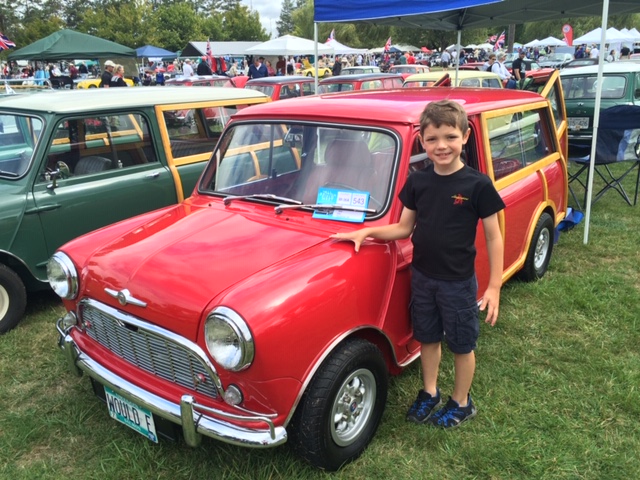
I was recently on a Zoom call with the organizers of a concours in the Midwest. As is the case with all concours, we were kicking around ideas concerning how to create more engagement with a younger demographic. Increasing revenue was also discussed.
Like many high-end shows, this concours hosts a non-judged, everyone-welcome Cars and Coffee on the Saturday preceding the main event.
I asked, “Do you charge an entry fee for this event.” “No.”
I wondered why not? They sometimes get upwards of 800 cars at this event. If they charged just $10 per car, with a portion going to the charity the concours supports, that would create an instant several-thousand-dollar donation.
In Portland, a local restaurant, Beaches, hosts a “Cruise-In” car show at the Portland International Raceway every Wednesday throughout the summer. At its peak, it attracts 1,000 cars. If your car is pre-1974 you are charged $5 for up to two people and you can park in the infield. Newer than 1974 you pay $10 and park a little farther away. In the years I have been attending, I have never heard anyone complain about the entry fee.
I suggested the concours have a “window cling” that they give every entrant. We car folks can’t resist little stickers to put on the insides of our windshields. These also become instant advertising for the event, all year long. And somehow getting a cling that costs 25 cents for your entry fee seems like a screaming deal. It’s car collector logic.
We moved on to the issue of engagement on social media. Here is the concept I floated: Why not have an “Instagram-style” app where people going to the car show could post pictures of their car in advance of the show.
The entry form could include year, make and model info. You could search to see, for instance, how many Subaru Brats or 1965 Mustangs had been entered. Optionally, you could list your contact info so that other like-minded enthusiasts to get in touch with you.
Entering a picture of your car could be complimentary with your admission to the event. When you paid in advance you could get a QR code or something similar to show at the entrance, eliminating the hassle of paying at the gate.
I suggested there be options for upgrading your photo. If you wanted a larger image, you could pay an extra $5. Not only are you tapping another revenue source, you are also building interest for the Cars and Coffee. Wouldn’t you be interested in seeing photos of the cars at local events? We all hear about how large they are. But unless we attend in person there is currently no way of knowing what cars actually showed up.
We are all glued to our phones and constantly in touch on social media. If we want to appeal to a younger demographic, why not use the same tools younger enthusiasts use on a daily basis?
If your Cars and Coffee is already using something like this, I’d like to know about it. Please drop me a line at [email protected] and I will share the info with others in a future blog.

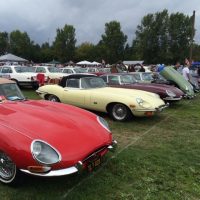

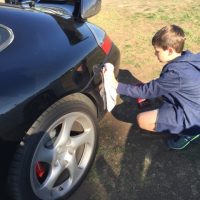
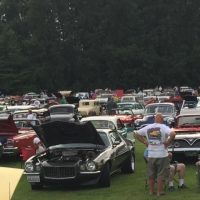
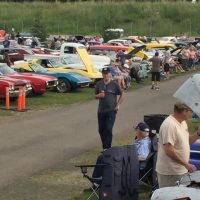
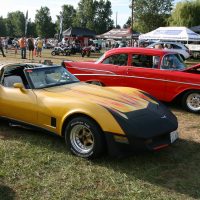
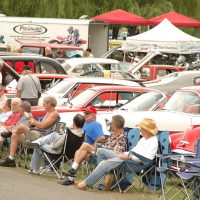

As the “Founder” of “ Biscotti & Cars” in Sausalito, California, which I started in 2010, I never considered charging for this
Saturday morning event . The thought takes away the “amateurism” of this monthly car event , which is essential
For an open and honest forum of appreciating everyone’s cars . A better idea is to have a selected Sponsor pay for any
Costs , such as advertising, for the event.
This is what I did when I started this very successful event which is still held the 1st SAturday of every month in Sausalito .
Where in Sausalito? down by the ferry landing?
As the “Founder” of “ Biscotti & Cars” in Sausalito, California, which I started in 2010, I never considered charging for this
Saturday morning event . The thought takes away the “amateurism” of this monthly car event , which is essential
! The event is held on the first Saturday of each month at Poggio’s ! Come and try their Biscotti and see some very cool cars !
Rand
Southwest Scuderia (Scottsdale, AZ) pre COVIS-19 changed from a free monthly event to a more limited setting. Car owners either had to be a subscribing member or pay a one time fee. They also screened cars in advance and limited the overall numbers. That lowered the cars in attendance but the “regular”parking lot became more interesting.